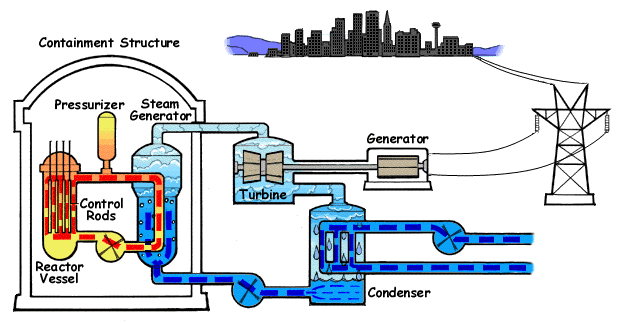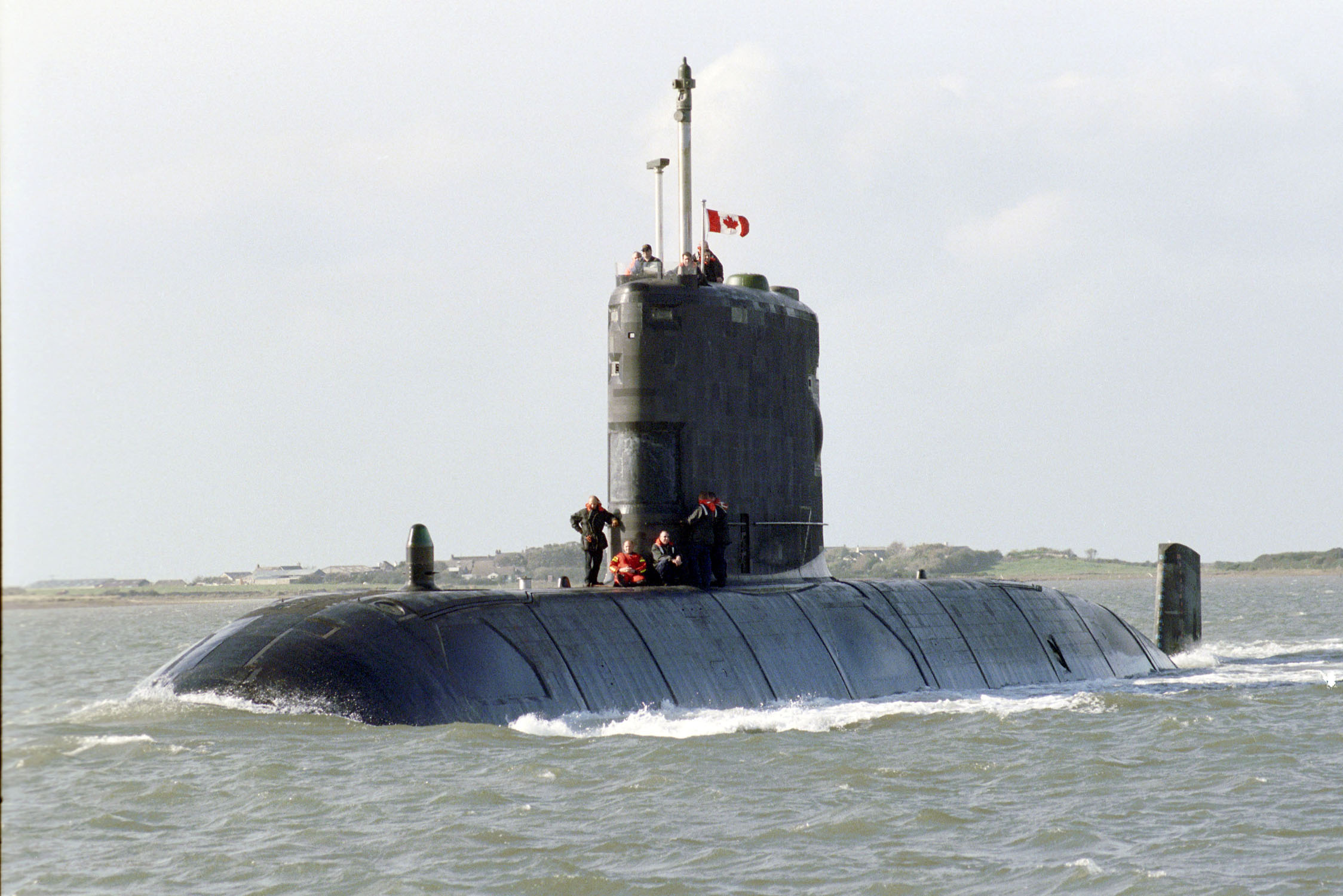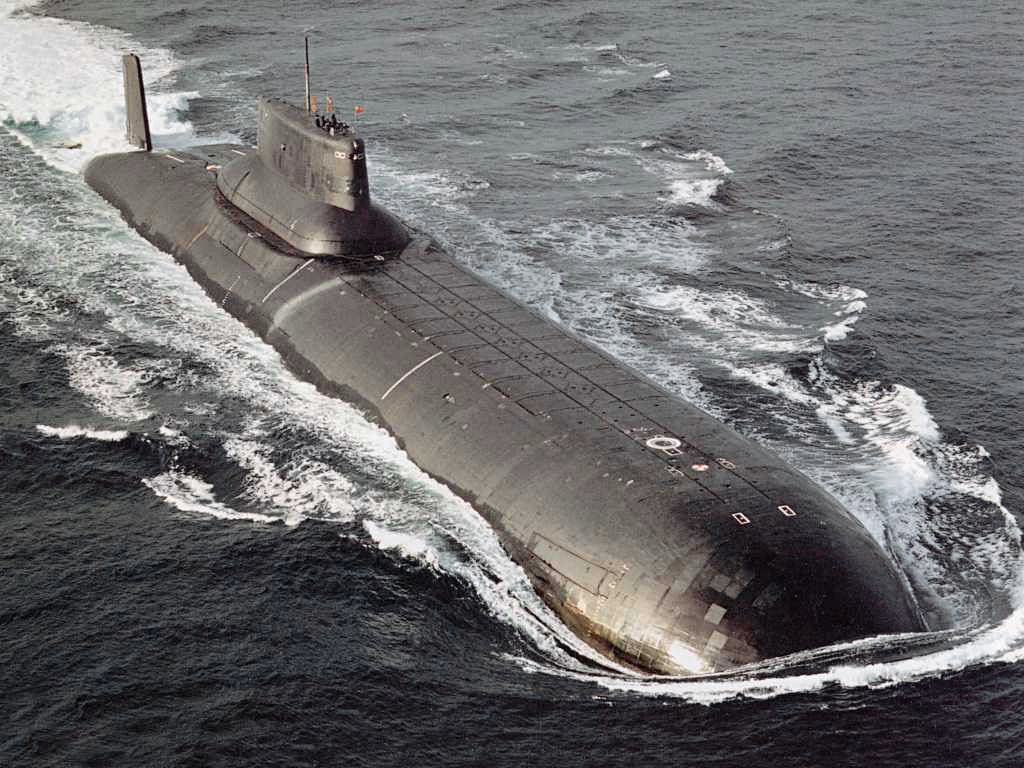|
Indian Navy SSN Programme
The Indian Navy aims to procure new nuclear-powered attack submarines (SSN) under Project 75 Alpha. The Government of India approved the construction of six of such submarines in February 2015. These will be designed by the Navy's in-house Directorate of Naval Design and built in India at the Shipbuilding Centre at Visakhapatnam. The construction is expected to commence on 2023-24 while the first submarine is expected to enter service in 2032. Since India is a traditional user of Russian nuclear submarines (with INS ''Chakra'' on lease) the new domestically built submarines would be third class of SSN operated by Indian navy after leased ''Charlie I'' and ''Akula II''-class submarines. Development The program to construct and deploy a fleet of nuclear submarines was first envisaged in late 1990s. Patrolling by People's Liberation Army Navy ships further fast-tracked India's naval expansion programs. As per the initial plan, first 4 Arihant class submarines and later much ... [...More Info...] [...Related Items...] OR: [Wikipedia] [Google] [Baidu] |
Visakhapatnam
, image_alt = , image_caption = From top, left to right: Visakhapatnam aerial view, Vizag seaport, Simhachalam Temple, Aerial view of Rushikonda Beach, Beach road, Novotel, Novotel Visakhapatnam, INS Kursura (S20), INS Kursura submarine museum, Vizag skyline, Kambalakonda wildlife sanctuary , etymology = , nickname = The City of DestinyThe Jewel of the East Coast , image_map = , map_caption = , pushpin_map = India Visakhapatnam#India Andhra Pradesh#India#Asia#Earth , pushpin_label_position = left , pushpin_map_alt = , pushpin_map_caption = , coordinates = {{coord, 17, 42, 15, N, 83, 17, 52, E, display=inline,title , subdivision_type = Country , subdivision_name = {{flag, India , subdivision_type1 = States and union territories of India, State , subdivision_name1 = Andhra Pradesh , subdivision_type2 = ... [...More Info...] [...Related Items...] OR: [Wikipedia] [Google] [Baidu] |
The National Interest
''The National Interest'' (''TNI'') is an American bimonthly international relations magazine edited by American journalist Jacob Heilbrunn and published by the Center for the National Interest, a public policy think tank based in Washington, D.C., that was established by former U.S. President Richard Nixon in 1994 as the Nixon Center for Peace and Freedom. The magazine is associated with the realist school of international studies. History Founded in 1985 by American columnist and neoconservatism advocate Irving Kristol, the magazine was until 2001 edited by Australian academic Owen Harries. In 2001, The National Interest was acquired by The Center for the National Interest, a public policy think tank based in Washington, D.C., that was established by former U.S. President Richard Nixon on January 20, 1994, as the Nixon Center for Peace and Freedom. In 2005, ten editors of ''The National Interest'' resigned due to different viewpoints regarding the magazine's acquisition ... [...More Info...] [...Related Items...] OR: [Wikipedia] [Google] [Baidu] |
Hazira
Hazira is a suburb and a transshipment port in the Surat City in the Gujarat state of India. It is the west most end of Surat. Hazira is one of the major ports of India and the most important element of Surat Metropolitan Region. The town is known as the industrial hub of India and is located on the bank of the Tapti River, eight kilometers away from the Arabian Sea. It is a centre for health tourism due to its natural springs, and a base for major industrial and shipping facilities like Essar, Kribhco, Shell, Larsen & Toubro, NTPC, ONGC, GAIL, GSEG power plant, Gujarat State Petroleum Corporation, UltraTech Cement and Hazira Manufacturing Division(HMD) of Reliance Industries. Etymology The original name of the village was Dhau. The village had a grave, Vaux’s Tomb of the Deputy Governor of Bombay named John Vaux. The grave in Gujarati was known as "Bakasno Hajiro" (બકાસનો હજીરો) is called as "Hajiro" (હજીરો). The name became popular and ... [...More Info...] [...Related Items...] OR: [Wikipedia] [Google] [Baidu] |
Kalpakkam
Kalpakkam is a township in Tamil Nadu, India, situated on the Coromandel Coast 70 kilometres south of Chennai. A conglomerate of two villages (Puduppattinam and Sadurangappatinam) and a DAE township, it is about from Thiruvanmiyur and from Pondicherry. This coastal town is humid. Summers here prevail from early March till late May. Temperatures in the Summer vary from 32 degrees Celsius and can go up to 41 degrees Celsius. There is no particular Monsoon season for Kalpakkam as rains are unpredictable here, although there is heavy rainfall in the months of October and November, usually turning into a storm. The coolest months are December and January. A study by the Madras Atomic Power Station(MAPS) revealed that the pollution in Kalpakkam is very low, which when compared to the neighbouring city Chennai is 50 times less. Kalpakkam is known for its nuclear plants and affiliated research installations. These include the Madras Atomic Power Station (MAPS), a nuclear power pl ... [...More Info...] [...Related Items...] OR: [Wikipedia] [Google] [Baidu] |
Indian Navy
The Indian Navy is the maritime branch of the Indian Armed Forces. The President of India is the Supreme Commander of the Indian Navy. The Chief of Naval Staff, a four-star admiral, commands the navy. As a blue-water navy, it operates significantly in the Persian Gulf Region, the Horn of Africa, the Strait of Malacca, and routinely conducts anti-piracy operations and partners with other navies in the region. It also conducts routine two to three month-long deployments in the South and East China seas as well as the western Mediterranean sea simultaneously. The primary objective of the navy is to safeguard the nation's maritime borders, and in conjunction with other Armed Forces of the union, act to deter or defeat any threats or aggression against the territory, people or maritime interests of India, both in war and peace. Through joint exercises, goodwill visits and humanitarian missions, including disaster relief, the Indian Navy promotes bilateral relations between n ... [...More Info...] [...Related Items...] OR: [Wikipedia] [Google] [Baidu] |
DRDO
The Defence Research and Development Organisation (DRDO) (IAST: ''Raksā Anūsandhān Evam Vikās Sangaṭhan'') is the premier agency under the Department of Defence Research and Development in Ministry of Defence of the Government of India, charged with the military's research and development, headquartered in Delhi, India. It was formed in 1958 by the merger of the Technical Development Establishment and the Directorate of Technical Development and Production of the Indian Ordnance Factories with the Defence Science Organisation. Subsequently, Defence Research & Development Service (DRDS) was constituted in 1979 as a service of Group 'A' Officers / Scientists directly under the administrative control of Ministry of Defence. With a network of 52 laboratories that are engaged in developing defence technologies covering various fields like aeronautics, armaments, electronics, land combat engineering, life sciences, materials, missiles, and naval systems, DRDO is India's largest ... [...More Info...] [...Related Items...] OR: [Wikipedia] [Google] [Baidu] |
Mishra Dhatu Nigam
Mishra Dhatu Nigam Limited (abbreviated as MIDHANI), is a specialized metals and metal alloys manufacturing facility in India, located in Hyderabad, Telangana. It is a Public Sector Undertaking (PSU), under the administrative control of Department of Defence Production, Ministry of Defence, Government of India. MIDHANI is the only producer of Titanium in India. Products MIDHANI specializes in manufacturing a wide range of superalloys, titanium, special purpose steels and other special metals & alloys meeting stringent international standards for application in aerospace, defence, atomic energy, power generation, chemical and various other high technology industries. Armour Products MIDHANI has been manufacturing bulk quantities of armour steel products offering ballistic protection against a variety of weapon systems including 9mm SMC, AK-47 and 7.62mm SLR etc. based on technologies developed by DMRL, a constituent of the DRDO. Select few armoured products manufa ... [...More Info...] [...Related Items...] OR: [Wikipedia] [Google] [Baidu] |
Bhabha Atomic Research Centre
The Bhabha Atomic Research Centre (BARC) is India's premier nuclear research facility, headquartered in Trombay, Mumbai, Maharashtra, India. It was founded by Homi Jehangir Bhabha as the Atomic Energy Establishment, Trombay (AEET) in January 1954 as a multidisciplinary research program essential for India's nuclear program. It operates under the Department of Atomic Energy (DAE), which is directly overseen by the Prime Minister of India. BARC is a multi-disciplinary research centre with extensive infrastructure for advanced research and development covering the entire spectrum of nuclear science, chemical engineering, material sciences and metallurgy, electronic instrumentation, biology and medicine, supercomputing, high-energy physics and plasma physics and associated research for Indian nuclear programme and related areas. BARC's core mandate is to sustain peaceful applications of nuclear energy. It manages all facets of nuclear power generation, from the theoretical desi ... [...More Info...] [...Related Items...] OR: [Wikipedia] [Google] [Baidu] |
Pressurized Water Reactor
A pressurized water reactor (PWR) is a type of light-water reactor, light-water nuclear reactor. PWRs constitute the large majority of the world's nuclear power plants (with notable exceptions being the UK, Japan and Canada). In a PWR, the primary nuclear reactor coolant, coolant (water) is pumped under high pressure to the reactor core where it is heated by the energy released by the Nuclear fission, fission of atoms. The heated, high pressure water then flows to a Water-tube boiler, steam generator, where it transfers its thermal energy to lower pressure water of a secondary system where steam is generated. The steam then drives turbines, which spin an electric generator. In contrast to a boiling water reactor (BWR), pressure in the primary coolant loop prevents the water from boiling within the reactor. All light-water reactors use ordinary water as both coolant and neutron moderator. Most use anywhere from two to four vertically mounted steam generators; VVER reactors use horizo ... [...More Info...] [...Related Items...] OR: [Wikipedia] [Google] [Baidu] |
Attack Submarine
An attack submarine or hunter-killer submarine is a submarine specifically designed for the purpose of attacking and sinking other submarines, surface combatants and merchant vessels. In the Soviet and Russian navies they were and are called "multi-purpose submarines". They are also used to protect friendly surface combatants and missile submarines. Some attack subs are also armed with cruise missiles, increasing the scope of their potential missions to include land targets. Attack submarines may be either nuclear-powered or diesel-electric ("conventionally") powered. In the United States Navy naming system, and in the equivalent NATO system (STANAG 1166), nuclear-powered attack submarines are known as SSNs and their anti-submarine (ASW) diesel-electric predecessors are SSKs. In the US Navy, SSNs are unofficially called "fast attacks". History Origins During World War II, submarines that fulfilled the offensive surface attack role were termed fleet submarines in the U.S. Nav ... [...More Info...] [...Related Items...] OR: [Wikipedia] [Google] [Baidu] |
Ballistic Missile Submarine
A ballistic missile submarine is a submarine capable of deploying submarine-launched ballistic missiles (SLBMs) with nuclear warheads. The United States Navy's hull classification symbols for ballistic missile submarines are SSB and SSBN – the ''SS'' denotes submarine, the ''B'' denotes ballistic missile, and the ''N'' denotes that the submarine is nuclear powered. These submarines became a major weapon system in the Cold War because of their nuclear deterrence capability. They can fire missiles thousands of kilometers from their targets, and acoustic quieting makes them difficult to detect (see acoustic signature), thus making them a survivable deterrent in the event of a first strike and a key element of the mutual assured destruction policy of nuclear deterrence. The deployment of SSBNs is dominated by the United States and Russia (following the collapse of the Soviet Union). Smaller numbers are in service with France, the United Kingdom, China and India; North Korea is ... [...More Info...] [...Related Items...] OR: [Wikipedia] [Google] [Baidu] |
S5-class Submarine
S5 is the code name for a planned class of Indian nuclear-powered ballistic missile submarines currently being developed for Indian Navy. S5 will weigh around twice as much as the preceding . It is expected to start production by 2022. Design The S5-class of submarines are planned to weigh around . They are planned to be armed with up to twelve or sixteen K6 Submarine-launched ballistic missiles, each armed with multiple independently targetable reentry vehicles. Development The Government of India made an assessment of India's capability to design and construct a class of three new ballistic missile submarines codenamed ''S5'' in 2006 when it was realised that the reactor and payload capacity of the Arihant-class submarines was limited. These submarines were initially planned to be operationalised beginning in 2021 but were later delayed. This delay had prompted the Indian Government to sanction an additional Arihant-class submarine in 2012 to avoid the idling of the produ ... [...More Info...] [...Related Items...] OR: [Wikipedia] [Google] [Baidu] |




